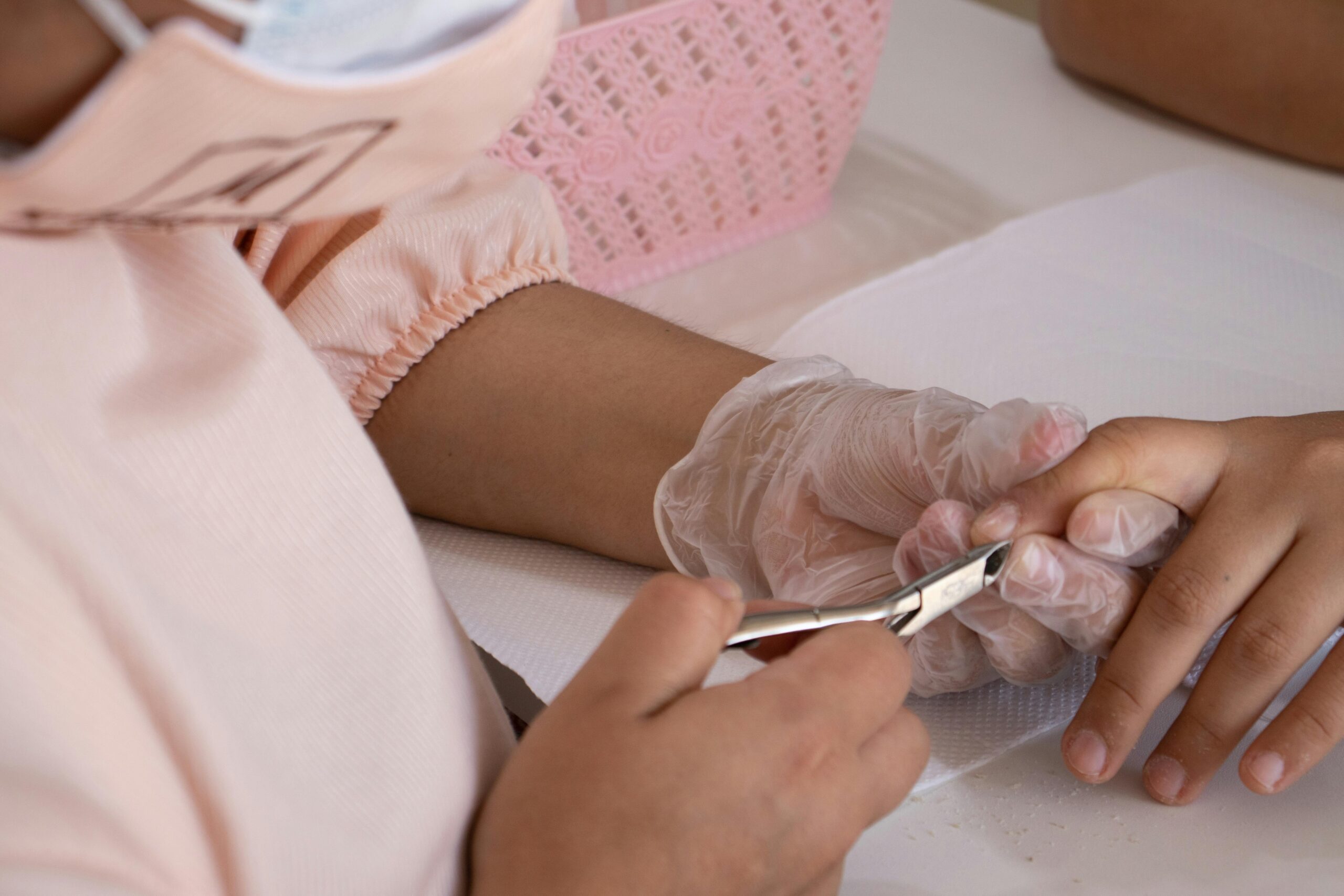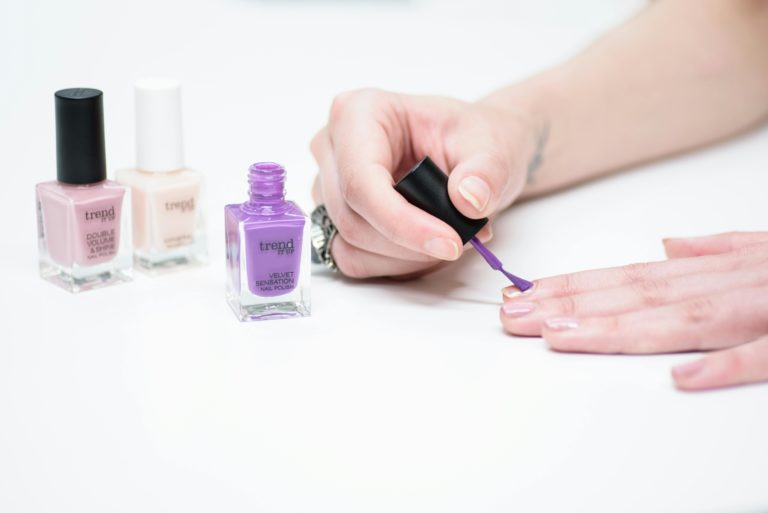Nail disorders and infections can be uncomfortable and unsightly, impacting not just your appearance but also your overall well-being. Understanding how to prevent these issues and knowing how to treat them can help you maintain healthy nails. This article explores common nail disorders and infections, their causes, preventive measures, and effective treatments.
Common Nail Disorders
1. Fungal Nail Infection (Onychomycosis)
Fungal infections are among the most common nail disorders. They occur when fungi invade the nail bed, leading to thickening, discoloration, and brittleness. This condition can be painful and may spread to other nails or skin.
Prevention: Keep your feet clean and dry, especially in communal areas like pools and gyms. Use antifungal powders in shoes and avoid sharing nail tools.
Treatment: Over-the-counter antifungal creams or prescription oral medications may be necessary. Severe cases might require professional treatment.
2. Ingrown Nails
Ingrown nails occur when the edge of a nail grows into the surrounding skin, causing pain, redness, and swelling. This condition often affects the big toe.
Prevention: Trim nails straight across and avoid rounded edges. Choose properly fitting shoes to reduce pressure on the toes.
Treatment: Soaking the affected foot in warm water can relieve pain. If infection develops, a doctor may need to prescribe antibiotics.
3. Nail Psoriasis
Nail psoriasis is a chronic skin condition that can affect the nails, leading to pitting, discoloration, and separation from the nail bed. It often accompanies psoriasis on the skin.
Prevention: While prevention is challenging, managing stress and avoiding skin irritants may help.
Treatment: Topical treatments, light therapy, or systemic medications may be prescribed by a dermatologist.
4. Nail Trauma
Nail trauma can result from injury, leading to bruising, splitting, or even loss of the nail. This is common in active individuals or those who frequently use their hands.
Prevention: Protect your hands and feet during activities and wear appropriate footwear.
Treatment: For minor injuries, keep the nail clean and protected. Severe cases may require a visit to a healthcare provider.
Common Nail Infections
5. Paronychia
Paronychia is an infection of the skin around the nails, often caused by bacteria or fungi. Symptoms include swelling, redness, and pus formation.
Prevention: Keep your nails trimmed and avoid biting your nails or cuticles. Regularly wash hands and maintain good hygiene.
Treatment: Warm compresses can help reduce swelling. If the infection persists, a doctor may drain any abscess or prescribe antibiotics.
6. Nail Bed Infection
Nail bed infections can occur after trauma to the nail or as a result of underlying health conditions. Symptoms include pain, swelling, and discoloration.
Prevention: Avoid injuring your nails and maintain good nail hygiene.
Treatment: A healthcare professional may need to drain the infected area and prescribe antibiotics.
General Preventive Measures for Healthy Nails
- Maintain Proper Hygiene: Regularly wash and dry your hands and feet. Ensure that your nails are clean and free of debris.
- Use Quality Products: Choose non-toxic nail polishes and removers. Avoid harsh chemicals that can weaken nails.
- Moisturize Regularly: Apply moisturizer to your nails and cuticles to prevent dryness and cracking.
- Eat a Balanced Diet: A diet rich in vitamins and minerals supports nail health. Include foods high in biotin, zinc, and protein.
- Avoid Nail Biting: Nail-biting can lead to infections and trauma. Find alternatives to manage stress or anxiety.
- Limit Exposure to Water: Prolonged exposure to water can weaken nails. Wear gloves while washing dishes or cleaning.
Conclusion
Preventing and treating common nail disorders and infections is essential for maintaining healthy nails. By following proper hygiene practices, managing injuries, and seeking appropriate treatment, you can keep your nails in excellent condition. If you experience persistent issues, consult a healthcare professional for personalized advice.
Frequently Asked Questions (FAQs)
1. What are the signs of a nail infection?
Signs of a nail infection include redness, swelling, pain, pus formation, and discoloration of the nail.
2. How can I treat a fungal nail infection at home?
You can treat a fungal nail infection at home with over-the-counter antifungal creams, keeping the area clean and dry, and using antifungal powders in your shoes.
3. Is it safe to trim ingrown nails myself?
It’s best to avoid trimming ingrown nails yourself to prevent further injury or infection. Consult a healthcare professional for proper treatment.
4. How do I prevent nail trauma?
To prevent nail trauma, wear protective footwear during activities, avoid using nails as tools, and be mindful in high-risk environments.
5. Can diet affect nail health?
Yes, a balanced diet rich in vitamins and minerals can support nail health. Nutrients like biotin, zinc, and protein are particularly beneficial.
6. When should I see a doctor for nail issues?
You should see a doctor for persistent nail issues, severe pain, or signs of infection that do not improve with home treatment.



